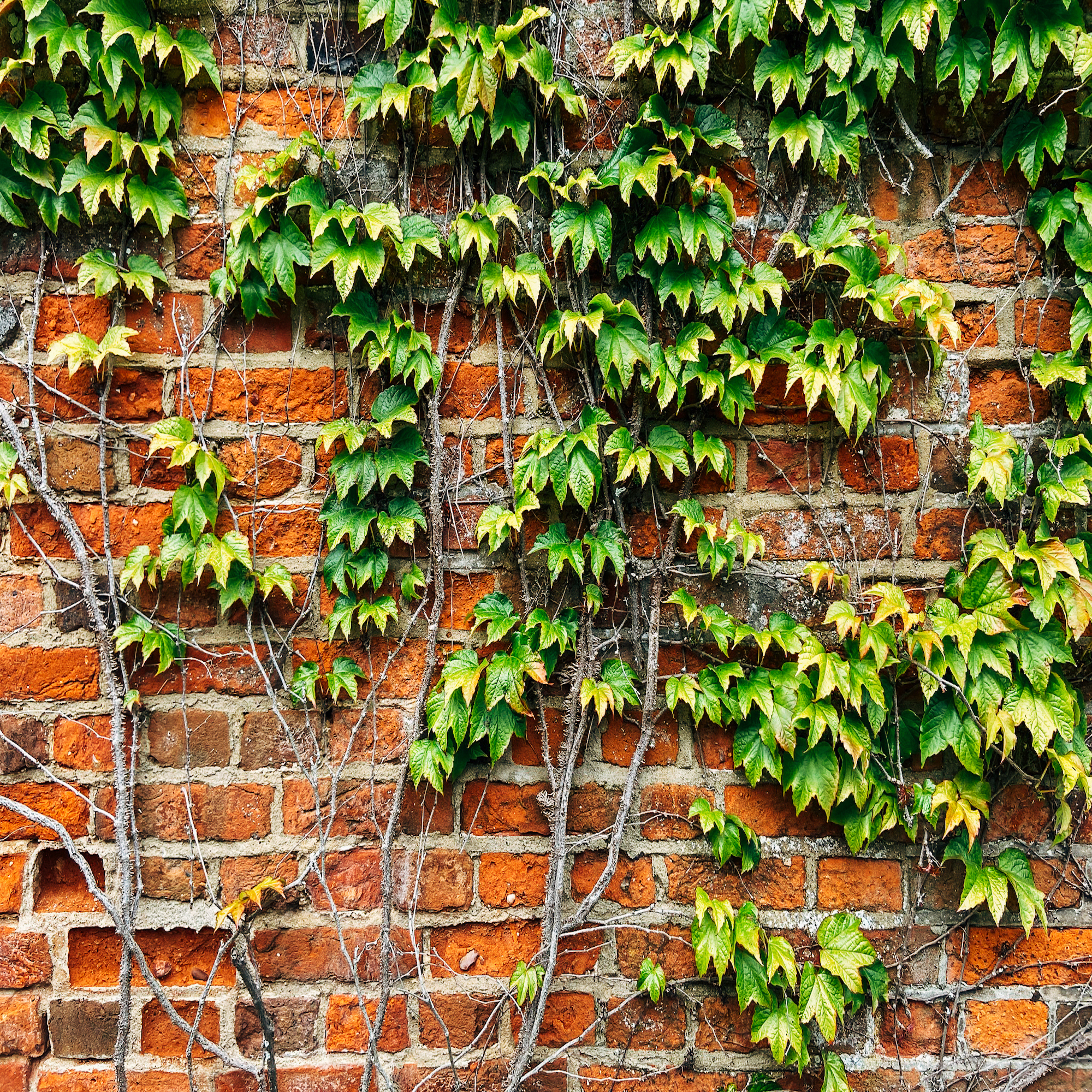When to cut back ivy for fresher, denser growth — garden experts warn against cutting it back too early
Its glossy green leaves add a welcome pop of colour in winter months, but knowing when to cut ivy back is key to its upkeep


One of the most beneficial plants in any garden, it's important to know when to cut ivy back – especially if you're hoping to maximise its impact in your own outdoor space.
Back in the bad old days, ivy was considered to be a problem plant. Nowadays, though, its evergreen appeal has seen ivy garden ideas leap to the top of many a Pinterest board (particularly for those with notoriously tricky north-facing gardens).
You may assume it's best to let ivy do its thing unhindered, especially as the Royal Horticultural Society (RHS) has research that shows it can help keep buildings cool in summer and less damp in winter. Cutting it back, however, is the ultimate way to show this plant you care... so long as you get the timing right.

Ivy is one of those fast-growing plants that lends itself well to garden screening ideas. Still, this does mean it can become overgrown (and a little less easy on the eye) quickly, too – which is why it's so important to learn when to cut ivy back.
'To manage ivy effectively, prune it in early spring, ideally between March and April, just before the growing season begins,' advises Steve Swanborough, gardening expert at specialist ladder company, Henchman.
'This encourages fresh growth while preventing overgrowth during summer, especially near fences or buildings, where unchecked ivy can cause structural problems.'

Just as you should know when to cut ivy back, of course, you should also take care to learn when not to go near it with your secateurs.
Sign up to our newsletter for style inspiration, real homes, project and garden advice and shopping know-how
'Avoid cutting ivy in winter, as it provides vital food and shelter for wildlife. Regardless of the season, always check for nesting birds before pruning, particularly between February and September,' advises Steve.
What you will need
Of course, knowing when to cut ivy back is half the battle; you also need to make sure you go into this job with the correct tools to hand.
- A pair of secateurs: try the FELCO 2 Pruning Shears from Amazon
- A pair of gloves: these hard-wearing gardening gloves from Henchman are ideal
- A pair of loppers: give the Spear & Jackson 8100RS Razorsharp Telescopic Ratchet Anvil Lopper from Amazon a go
- A ground sheet: Henchman's heavy duty ground sheet is a long-lasting option
'A sharp pair of secateurs or loppers will seamlessly cut through the stems, creating clean breaks to reduce the risk of disease or damage,' says Steve.
'You should also wear gloves for this job, as Ivy can cause an allergic rash if skin comes into contact with the sap inside. And make sure you lay a ground sheet to catch your cuttings; ivy can take root when left on the ground, which could result in more unruly plants! Dispose of them through your green waste collection.'
What to do
Once you've mastered when to cut back ivy, the rest is simple enough!
'For ivy growing on walls, fences, or other buildings, detach the stems carefully to avoid damaging the structures, you can then begin to cut back these stems close to the base,' says Steve.
'For the rest of the plant, trim it back to the desired size, cutting back excessing growth, while leaving some health foliage intact to avoid plant shock. Any damaged or dead growth should be removed to help encourage growth.'

FAQs
Should you remove ivy?
As mentioned already, a lot of people tend to look at ivy and assume it needs to be removed. That couldn't be further from the case, though, promises Morris Hankinson, director of Hopes Grove Nurseries who questions whether you should remove ivy from a house.
'Ivy is great for supporting biodiversity in a wildlife garden, so if it doesn’t have to be removed the best solution is to prune it back once or even twice a year to keep it under control,' he says.
'Make sure you allow your ivy to flower late summer into autumn for pollinators and later it will have berries which birds will eat. Having ivy in the garden can attract many insects and moths which will help to feed birds and bats, and large ivy can also provide shelter and nesting space for birds.'
Does ivy kill trees?
Does ivy kill trees? It's actually not a huge threat to healthy trees because it's only attached to the tree for support, explains Morris Hankinson, director of Hopes Grove Nurseries.
'Healthy trees will withstand this and the competition for water and nutrients. If the ivy is completely covering the tree and even growing taller than the tree itself, then this can become a problem especially as it will result in less sunlight for the tree and add weight to the branches,' he says.
'Along with this, if the tree is older or unhealthy, branches could break especially in windy conditions,. So, if the ivy is damaging a weaker tree or growing out of control then removing it may be the best option, but if the tree is taller than the ivy, well established and healthy, there is no reason to remove it.'
Now that you know when to cut ivy back like a pro, it's time to sharpen your secateurs and get ready to show this fabulous evergreen the TLC it well and truly deserves.
We'll see you in the garden!

Kayleigh Dray became Ideal Home’s Acting Content Editor in the spring of 2023, and is very excited to get to work. She joins the team after a decade-long career working as a journalist and editor across a number of leading lifestyle brands, both in-house and as a freelancer.
You must confirm your public display name before commenting
Please logout and then login again, you will then be prompted to enter your display name.